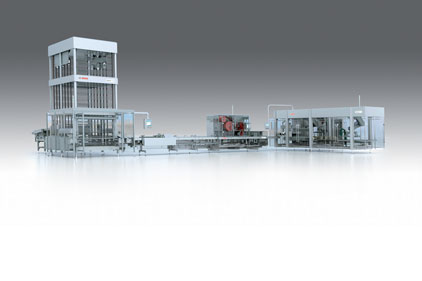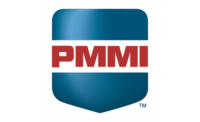
|
| Tom Egan, vice president, industry services, PMMI. |
For years, food manufacturers have been under increasing pressure from consumers, retailers, brand owners and industry regulators to implement sustainable business practices. Packaging has been a key component of many companies’ strategies. Now, however, the focus has shifted from being a largely materials-oriented issue to a total systems issue, with more attention placed on waste and energy reduction in manufacturing operations and across the supply chain. Today’s processors are taking a holistic approach to reducing their carbon footprint with the added benefit of cutting costs along the way, according to Tom Egan, vice president, industry services, PMMI.
According to PMMI’s report, PACK EXPO Las Vegas 2011: Upbeat and Setting Records, machinery has taken a larger role in sustainability considerations. Machine builders (and their customers) are focusing largely on energy savings, waste minimization and solving handling problems related to the adoption of source-reduced materials/containers.
“These reductions are often approached in small, incremental steps, but offer large savings on utilities like air, electricity and water usage across production lines,” says Egan. “Companies sometimes modify existing equipment with components to optimize the flow of resources and eliminate waste. They also achieve these savings with investments in new equipment that offers a smaller footprint.”
Remote diagnostics performed on malfunctioning equipment also factor into companies’ holistic approach to packaging sustainability. Smarter machines have enabled professionals to identify, trouble-shoot and repair software issues without requiring them to physically travel to the plant. This saves downtime and costs, and eliminates a one-person trip, according to Egan.
“Though equipment is playing a larger role in the sustainability equation, materials are still a significant factor,” says Egan. Food manufacturers continue to seek out solutions for lightweighting packaging film, corrugated and other formats. The challenge they face is ensuring packages maintain the needed performance and/or barrier properties while decreasing the amount of material used.
“The same principle also applies to the overall package design. Brand owners can struggle to strike a balance between providing added value with features for convenience or product protection and overpackaging,” says Egan. They must consider the negative impact of product waste that can result from packaging that is not functional. Fully costed product (product that appears on the retail shelf) that is never sold not only cuts into the progress of sustainability initiatives, it also cuts into profit margins, according to Egan. To provide some guidance for manufacturers, the Global Packaging Project, which is overseen by the Consumer Goods Forum (CGF), depicted the optimum design as the perfect balance between overpackaging to eliminate the impact of product waste and underpackaging at the risk of generating product waste.1
With consumers demanding the use of recyclable or biodegradable packaging materials and more of these options available, it is important that brands make selections that provide the necessary protective qualities. Food manufacturers must also consider how the material will run on the packaging lines. When materials are lightweight or mixed with recycled fibers, their structure is altered. This requires adjustments to the equipment to ensure the packaging can be safely and efficiently filled, labeled, handled during inspection and placed on a pallet. If not, the sustainability benefits of these materials are negated by the waste that could result from dropped product, line stoppages and extra clean-up, according to Egan.
Brand owners taking a holistic approach to their sustainability goals can look to PACK EXPO International 2012 (October 28-31; McCormick Place, Chicago) as a resource for finding innovative, eco-friendly materials and seeing how they run on different equipment types. More than 1,300 exhibitors will showcase innovative equipment to help reduce air, water and energy expenditures. The Brand Zone will host the latest in material and container designs, including lightweighted and biodegradable options. Discounted registration for PACK EXPO International is available at www.packexpo.com.
Reference
1Consumer Goods Forum, The Global Packaging Project (2010). A Global Language for Packaging Sustainability (Revised Edition, September 2011). p. 5.


